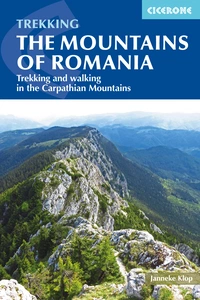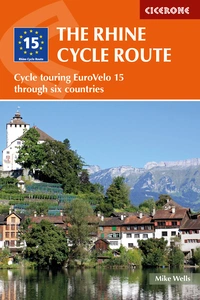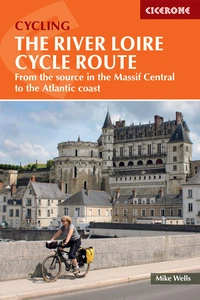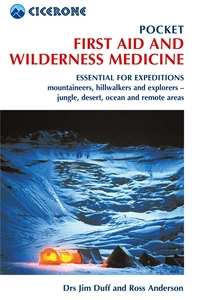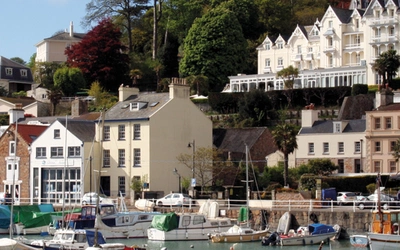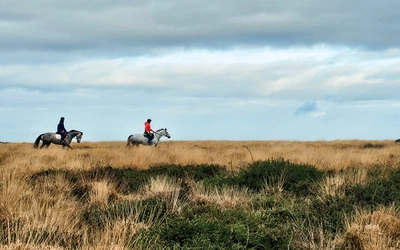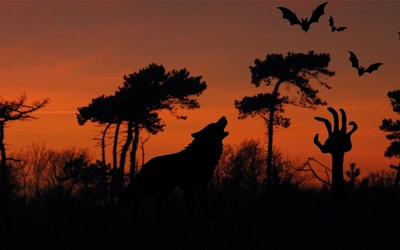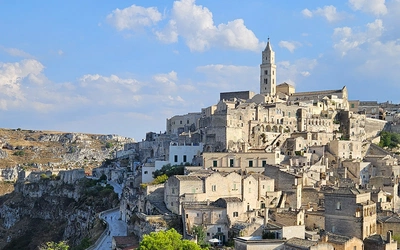Island hopping on the Falklands Islands
Mike Wells travelled around the Falklands in February, walking and wildlife spotting on this fascinating archipelago in the South Atlantic.
To the average Briton, the Falklands conjure up images of heavily armed soldiers trudging through almost impassable peat bogs in high winds, freezing rain and snow. It may have been like this when the task force, sent to liberate the islands after invasion by Argentina, landed and crossed East Falkland in the winter of 1982, but this is not typical of the weather in summer months. During two weeks on the islands in February, we experienced temperatures as high as 23 degrees with only one wet day, though the wind was omnipresent. The ground was dry underfoot and the firm peat a joy to walk across. The summer season is between October and March, when remote guest houses and lodges are open, although most visitors arrive in the four months from November to February.
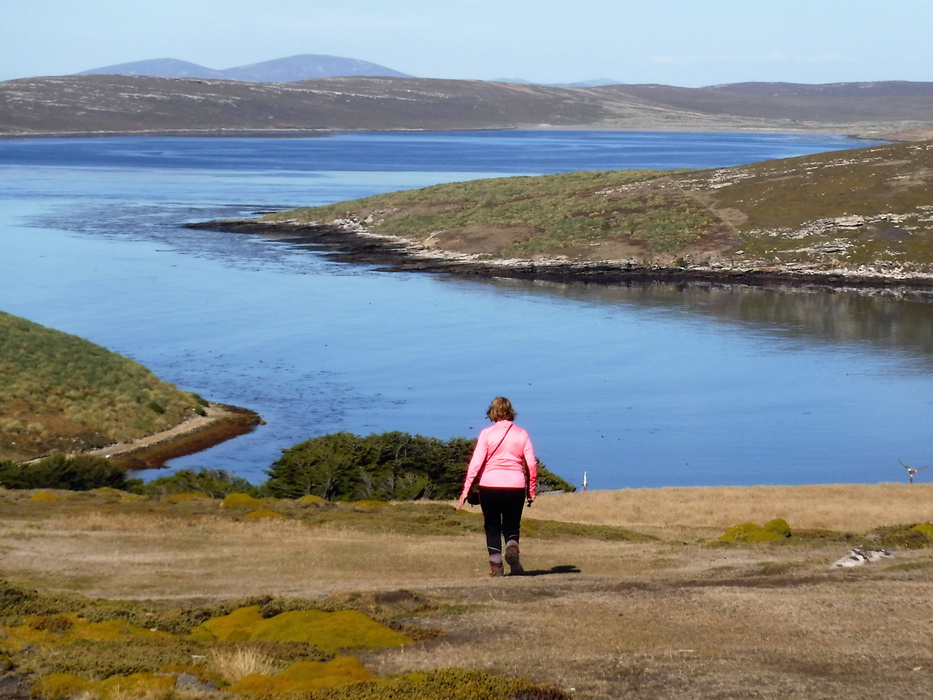
How to get to the Falkland Islands
Twice weekly overnight direct flights from RAF Brize Norton in Oxfordshire on Sundays and Wednesdays cost £1100 each way and must be booked through the Falkland Islands Government in London (t +44 (0)207 222 2542). Booking opens six months in advance and early booking is advised as these are military flights with only 15 places available to civilians. The service calls at Ascension Island en-route, which can be visited for a three or four night stay.
Commercial flights operated by Lan Chile fly to the Falklands every Saturday from Santiago via Punta Arenas, with an additonal stop at Rio Gallegos in Argentine Patagonia on the second Saturday of each month returning via there on the third Saturday.
All flights arrive at Mount Pleasant airport, 56km from Stanley along a good but quiet gravel road. Transfer buses (which cost £14) are operated by FITT (www.falklandtravel.com) and Penguin Travel (www.penguintravel-falklands.com).
Travelling around the Islands
FIGAS inter-island air services
There are 778 islands in the Falkland archipelago. In addition to East and West Falkland, six others have tourist accommodation and one can be visited by boat on a day trip (West Point Island, with an albatross colony). Almost all the rest are uninhabited, though a few have remote sheep farms.
The principal means of transport between the islands is FIGAS (Falkland Islands’ Government Air Service), a small state owned airline that uses five Islander planes to provide an on-demand service that criss-crosses the territory. There is no fixed timetable. Bookings must be made by 10am on the day before departure and at 4pm a schedule is released showing all flights for the following day. This is broadcast by the local radio station several times each evening, along with passenger names for every flight, and is e-mailed to all the settlements.
Flights are often circular in nature and those to outer islands usually make intermediate calls at other settlements en-route to both collect and disembark passengers. Because the weather may be variable, the schedule can change on advice from the pilots as the day progresses. The flights also carry mail and small supplies.
Transport on the Islands
Other than FIGAS, there is no public transport. Car hire can be arranged through Stanley Services (www.stanley-services.co.fk). The inter-island car-ferry is run by Workboat Services (www.workboat.co.fk) with schedules changing daily due to tide conditions. For one week in every six there is no service. Schedules are published about three months in advance. If you have a hire-car, the only filling station on West Falkland is in Fox Bay on the opposite side of the island to Port Howard, a three-hour round trip to fill the tank.
Where can you stay on the Islands?
There is a range of accommodation in Stanley and guest lodges on East Falkland (Darwin) and West Falkland (Port Howard) plus five outer islands (Bleaker, Carcass, Pebble, Sea Lion and Weddell Islands). Detailed list from Falkland Islands Tourist Board (www.falklandislands.com).
An introduction to the Falkland Islands

Stanley, the islands’ capital
It is not only the outer islands that attract visitors. Stanley (population 2500), though small by international standards, has all the trappings of a major town, with government house, an Anglican cathedral, tourist office, national museum, two hotels, a number of guest houses and two supermarkets. Usually very quiet, it becomes busy when cruise ships are in the harbour, their international cargo heading for a variety of bars and restaurants to sample British style beer and eat fish and chips.
Must-see sights:
- Artefacts include a mast from the Brunel designed SS Great Britain, which was laid up here from 1886 to 1970 until being towed back to Bristol for restoration
- There are also memorials to both World Wars including one to the Battle of the Falklands (1914) when the Royal Navy attacked and sank a German naval squadron commanded by admiral Graf Spee.
- Pride of place goes to the Liberation memorial, in memory of 255 members of the British armed forces and three Falklanders who were killed freeing the islands from the Argentinians in 1982.
- It was from Mount Tumbledown, one of these hills beyond the inhabited area of the town, that a white flag of surrender was seen flying over Stanley on 14 June 1982. Minefields are marked on walking maps and fenced off on the ground, so pose no danger to walkers.
The tourist office produces a guide to walks around Stanley.
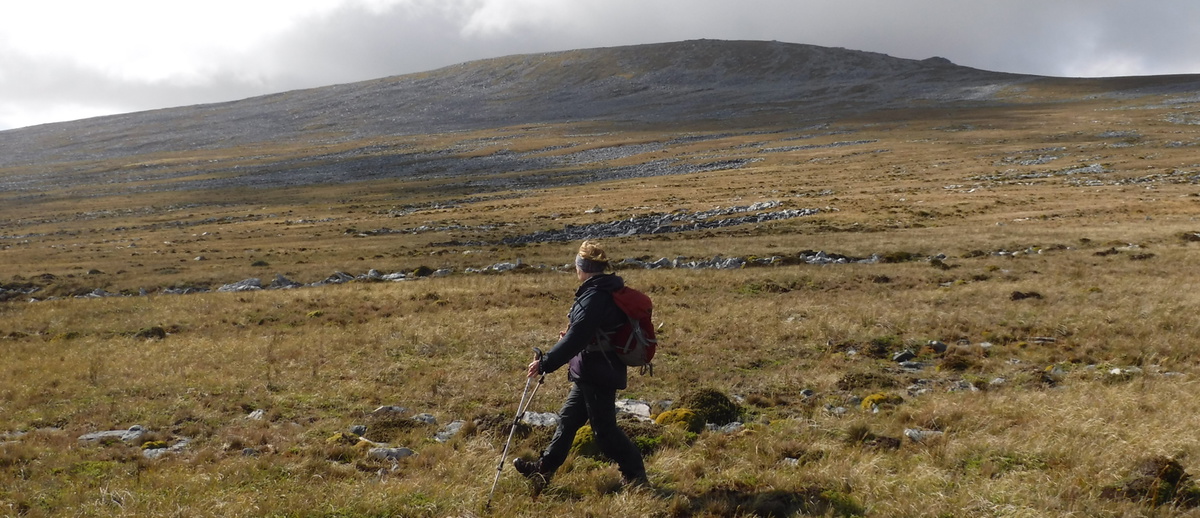
Main island settlements and walks
Outside Stanley, there are few other settlements on East and West Falkland.
The largest, Goose Green, 95km from Stanley by good-quality gravel road, has only 40 inhabitants. This was the scene of a fierce battle in 1982 when 690 members of the British second parachute battalion defeated an Argentine garrison of 1083 men. The even smaller settlement of Darwin has what is probably the best guest lodge in the Falklands, with the added benefit to walking visitors that this is the obvious start point for an ascent of Mount Usborne, at 705m the highest point in the Falklands.
Walks in Goose Green and Darwin:
- Memorials to the combatants and graves of Argentinian casualties encircle the hamlet. An easy 9km round-trip walk from Goose Green on a 4wd track across barren heathland leads to a spectacular suspension bridge over a wide creek; the most southerly suspension bridge in the world.
- Al, who manages the lodge in Darwin, will advise you on the best route up Mount Usborne and lend you a 1:50,000 OS map of the mountain. Although this is an old edition (contours are in feet and the grid in degrees and minutes), it is the best available. He will also offer to drop you off near Cerritos corral, at the end of a 4wd track near the base of the mountain and lend you a mobile phone to arrange a pick-up later in the day. The mountain itself is trickier than it looks at first sight and is guarded by successive 'rivers of stone' which must be crossed. A visitor's book can be found tucked in the rocks of the Cairn.
The outer islands
The outer islands are surprisingly different; the main factors being the presence or absence of sheep and/or of rats. Rats arrived on board sailing ships but did not reach all islands. Where they are absent, ground-nesting birds thrive, while on other islands, there are few such birds as the rats eat their eggs. Most of East and West Falkland and many of the outer islands are used to pasture sheep. Sheep eat tussock grass, which, without their presence, grows to a considerable height and provides nesting places for many birds.
Sea Lion Island, which lies 14km south of East Falkland and has neither rats nor sheep (an earlier sheep farm has been abandoned and converted into a guest lodge), has the most prolific variety of birds and sea-going mammals. Moreover, as the lodge is closed completely during winter months, the native wildlife is left alone to thrive for six months every year. A small island (8km by 2km), it can be walked around in a day though head-high tussock grass makes the going difficult in places. Elephant seals bask lazily on secluded beaches, while the large sea lion colony beneath the rocky cliffs has seen the birth of 83 pups this year.
Magellanic penguins (which nest underground) and playful gentoo are present in large numbers on the beaches, while rockhoppers bounce up the cliffs to their clifftop nests, cliffs that they share with extensive but odorous king cormorant colonies. Nearby Bleaker Island (another island with a guest lodge) also has penguin colonies but as this island has rats there are few ground nesting birds.
Much larger Pebble Island, just north of West Falkland, with both a guest lodge and a large active sheep farm, has more challenging walking. The spine of the 20 km-long narrow island has a chain of three modest hills with rocky and windswept summits. A wildlife tour of the northern coastline can be combined with a walk back along the ridgeline or, more likely, just below the ridgeline to escape the wind.
Remote Carcass Island and its even more remote neighbour West Point Island, both have sheep farms. A boat service connects the two (there is no airstrip on West Point), providing a scenic excursion around the sheer cliffs that front the island. These cliffs host a breeding colony of brown-backed albatross, and a stop can be made to visit this colony.



